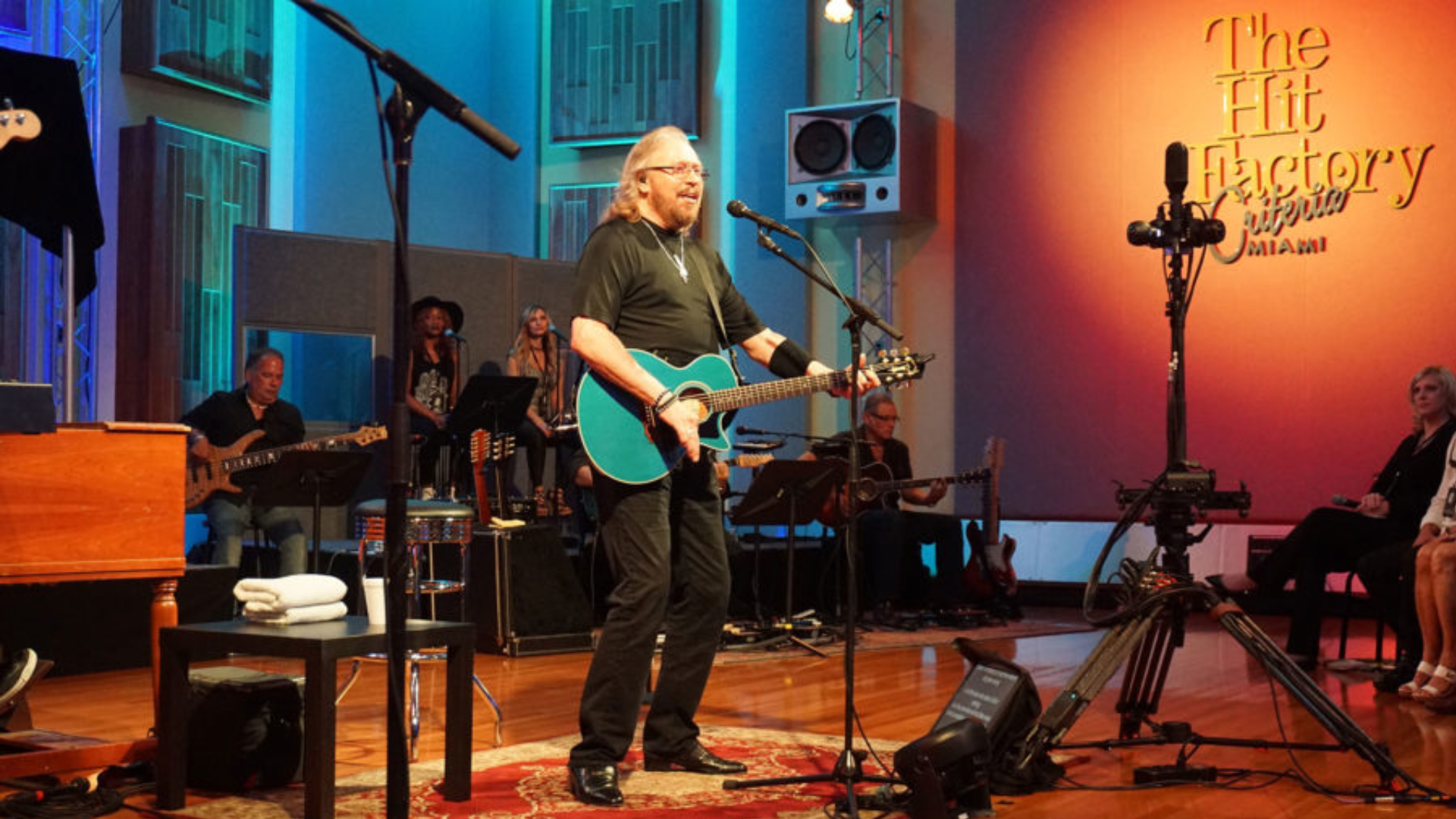
There’s a special kind of poignancy in “Lonely Days,” released in 1970 as the Bee Gees’ first big hit after their brief breakup. Written by Barry, Robin, and Maurice Gibb during a time of reconciliation, it carries both the weight of heartbreak and the relief of coming together again. It is a song born out of fracture — yet what emerged was unity.

The song begins almost mournfully, a quiet piano line underscoring Barry’s plaintive voice: “Good morning, Mr. Sunshine, you brighten up my day.” But that brightness quickly gives way to a chorus filled with urgency and anguish: “Lonely days, lonely nights, where would I be without my woman?” The sudden shift is striking — it mirrors the emotional turbulence of the brothers themselves, caught between despair and hope.
Musically, “Lonely Days” is ambitious. Its shifts in tempo and mood — from ballad-like reflection to gospel-tinged intensity — show the Bee Gees experimenting boldly, proving that they were more than balladeers. Robin’s aching voice and Maurice’s harmonies intertwine with Barry’s lead, creating a richness that only siblings could achieve.
What makes the song so powerful is its honesty. It doesn’t shy away from loneliness — it dives into it, acknowledging the emptiness that lingers when love feels absent. But it also holds on to gratitude, recognizing the anchor love provides in a storm. In that duality — sorrow and salvation — the Bee Gees found their magic.
For the brothers, “Lonely Days” marked a turning point, reviving their career and setting the stage for everything that followed. For listeners, it remains a reminder of the fragile balance between despair and hope — and how music can transform even the heaviest emotions into something beautiful.
Decades later, “Lonely Days” still resonates, not only as a Bee Gees classic but as a testament to the enduring power of family, forgiveness, and the healing strength of song.